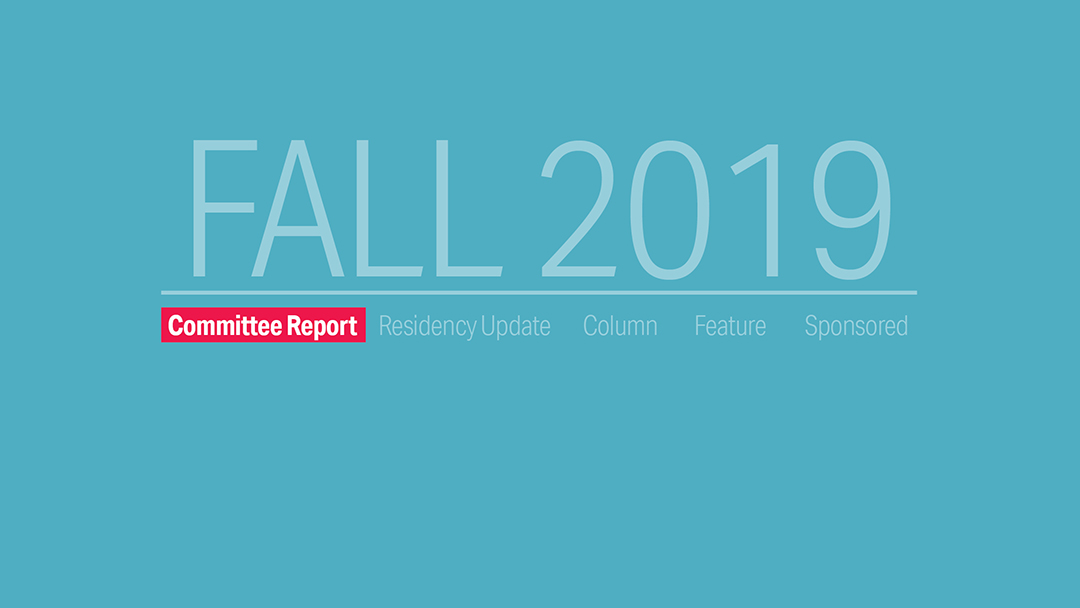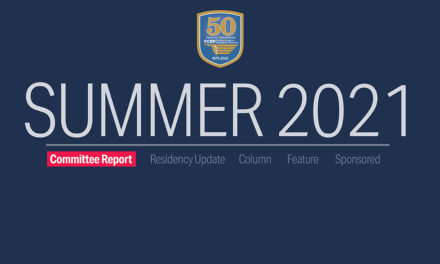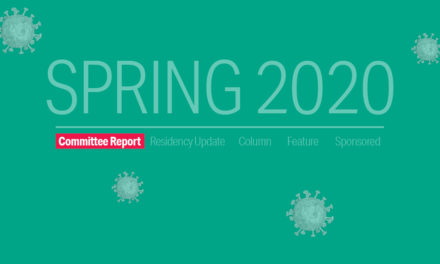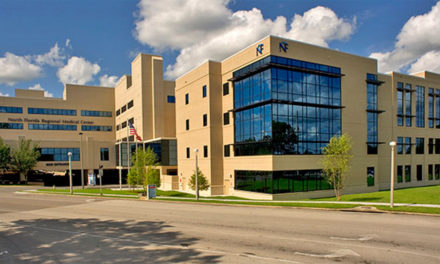Fall 2019: EMS/Trauma & FAEMSMD Update
School is back in session and so is football! Exciting news to fans, but a significant strain on local EMS and law enforcement. When a mass gathering of this magnitude occurs, there is potential for one of these events to escalate into a catastrophic event causing multiple casualties.
Public safety officials can use these mass gathering events as an opportunity to trial collaborations between EMS, law enforcement officials, fire and public works. Solid communication plans with each agency are of utmost importance. These plans should include redundancy as well as mutual aid agreements. Most of these events have alternative medical treatment sites in place to attempt to unload some of the burden off the system. In addition, it is important to consider evacuation plans for crowds of this size in the unfortunate event of an attack of any kind. Planning has traditionally been based on patient populations evaluated and treated at prior similar events. Unfortunately, there are challenges with emergency response planning due to variables such as venues, types of events, weather, etc. Consequently, there is a lack of standardization amongst all events and little evidence on how to efficiently manage resources at mass gathering events.
Florida Association of EMS Medical Directors (FAEMSMD) Update
EMS State Medical Director Dr. Kenneth Scheppke reviewed the results of the FAEMSMD member survey:
- Annual Dataset: 52 respondents
- # of Ground Agencies: 149
- # of Air Agencies: 15
- # of Personnel: 24.5K
- Population Served: 16.5M, which represents 77% of Florida’s population
- Conclusion: We collectively set the standard of care for EMS in Florida
State Strategic Plan Medical Care Subcommittee Updates
Cardiac Arrest Update:
- Dispatcher CPR survey will be sent out
- Listen to calls and monitor 911 to compression is recommended
- 2019 Cares Update
- 43 active EMS agencies
- 167 (60.6%) partnering hospitals
- 375 agency/hospital links
- 267 first responders
- 2019 YTD CARES cases analyzed: 1,961
- Since inception: 4,081 cases
- Florida coverage of 7.5 million people
- The inception of resuscitation centers is a statewide initiative
STEMI Update:
- Adopting Mission Lifeline Metrics
- STEMI will be added to Biospatial
- Measurement patient arrival to EKG is recommended
- EKG is rate limiting step; training recommended
- Pit Crew Method: Assign arrival to 12 lead duty each shift
Stroke Update:
- Florida Stroke Registry: Stroke equivalent of CARES Registry
- Stroke centers are required to submit data
- In a recent review of South Florida, data was presented noting that bypassing primary stroke centers increased rates of IV tPA treatment, decreased time from 911 to IV tPA, increased rates of endovascular therapy (EVT) and decreased time from 911 to EVT by 112 minutes.
- Dispatcher Stroke Recognition: EMD (Need QA)
- Stroke Alert Checklist was recently updated ■







